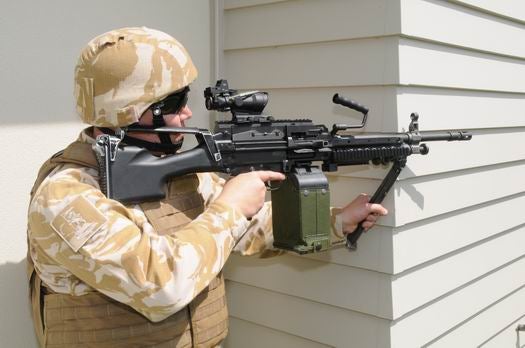- Reaction score
- 18,873
- Points
- 1,160
Canada was not a signatory of this treaty but the UK signed on 11 Dec 1868 and the treaty is considered in effect in Canada as of that date. The treaty bans, in the case of war amongst the contracting parties, the use of "projectiles of a weight below 400 grams, which is either explosive or charged with fulminating or inflamable substances."Illegio said:While Canada was not a signatory to the St. Petersburg Declaration of 1868, I expect that Frag-12 ammo still runs counter to the spirit of the Law of Armed Conflict. Even the .50 Raufoss created quite a stir, despite the fact that it was unlikely to explode within anyone unless they were wearing plates or somesuch. I doubt the Canadian government will be willing to entertain a political hot potato like that.
I have no idea as to whether or not the rounds being discussed in this thread fall within or outside this restriction, but Canada vets all ammunition used by its troops as well as the ammunition's method of use. Accordingly any ammunition issued to Canadian Forces members by the chain of command can be assumed to meet the LOAC if unaltered by users and used in the authorized manner.
Cheers





